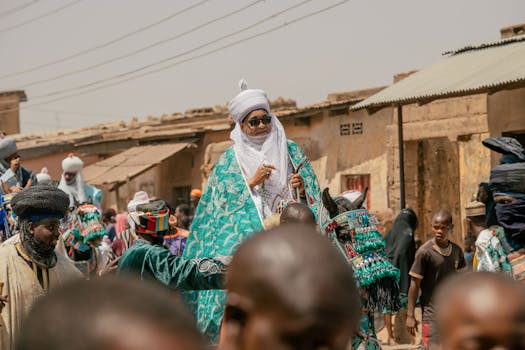
Connecting Cultures: The Story Behind Africa’s Diverse Fiber Traditions
Connecting Cultures: The Story Behind Africa’s Diverse Fiber Traditions. Africa is home to a vast array of fiber traditions, each with its own unique history, cultural significance, and aesthetic appeal. From the vibrant kente cloth of Ghana to the intricate basketry of South Africa, these traditions not only reflect the diversity of African cultures but also serve as a means of communication, expression, and connection between communities.
Africa’s fiber traditions have been shaped by a complex array of factors, including geography, climate, technology, and cultural exchange. In West Africa, for example, the production of cotton and other fibers has been influenced by the trans-Saharan trade, which brought new technologies, materials, and ideas from across the Mediterranean. In East Africa, the introduction of Islam and Arabic script had a profound impact on the development of textile traditions, particularly in the production of intricately patterned fabrics.
The Significance of Fiber Traditions in African Cultures
Fiber traditions play a vital role in African cultures, serving not only as a means of artistic expression but also as a way of communicating cultural values, social status, and historical narratives. In many African societies, textiles and other fiber products are used to mark important life events, such as birth, initiation, marriage, and death. They are also used to convey messages about social hierarchy, spiritual affiliation, and cultural identity.
For example, the adinkra cloth of Ghana is adorned with symbolic patterns and motifs that convey messages about wisdom, strength, and community. Similarly, the bogolanfini cloth of Mali is used to communicate messages about fertility, prosperity, and spiritual growth. These textiles not only reflect the cultural values and aesthetics of their respective societies but also serve as a means of cultural transmission, passing down traditions, stories, and histories from one generation to the next.
The Diverse Fiber Traditions of Africa
Africa is home to a staggering array of fiber traditions, each with its own unique characteristics, techniques, and cultural significance. In North Africa, the production of wool and silk textiles has been influenced by Arabic and Islamic traditions, resulting in intricate patterns, colors, and motifs. In West Africa, the production of cotton and other fibers has been shaped by the trans-Saharan trade, resulting in vibrant, colorful textiles that reflect the cultural diversity of the region.
In East Africa, the introduction of new technologies and materials, such as the spinning wheel and synthetic dyes, has led to the development of new textile traditions, such as the production of brightly colored kanga cloth in Tanzania and Kenya. In Southern Africa, the production of basketry and other fiber products has been influenced by the region’s indigenous cultures, resulting in unique, intricate patterns and designs that reflect the cultural heritage of the area.
Promoting Cultural Heritage and Economic Development through Fiber Traditions
Africa’s fiber traditions not only play a vital role in promoting cultural heritage and identity but also have the potential to contribute to economic development and poverty reduction. Many African countries are working to promote their fiber traditions as a means of generating income, creating jobs, and stimulating local economies.
For example, the Ghanaian government has launched initiatives to promote the production and marketing of traditional textiles, such as kente cloth and adinkra cloth. Similarly, the South African government has launched programs to support the development of the country’s basketry and other fiber industries, providing training, funding, and marketing support to local artisans and communities.